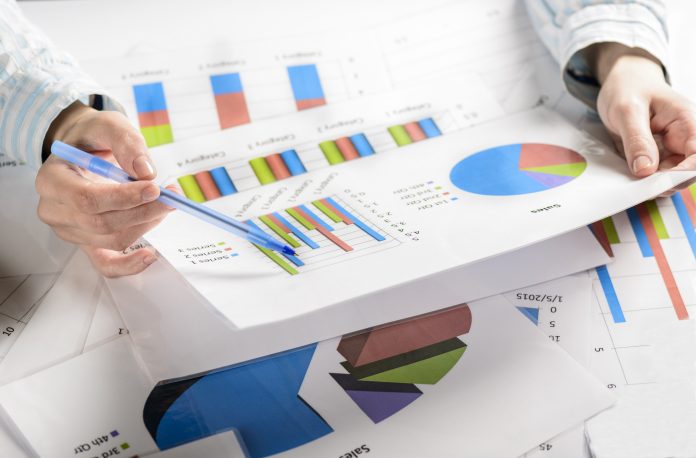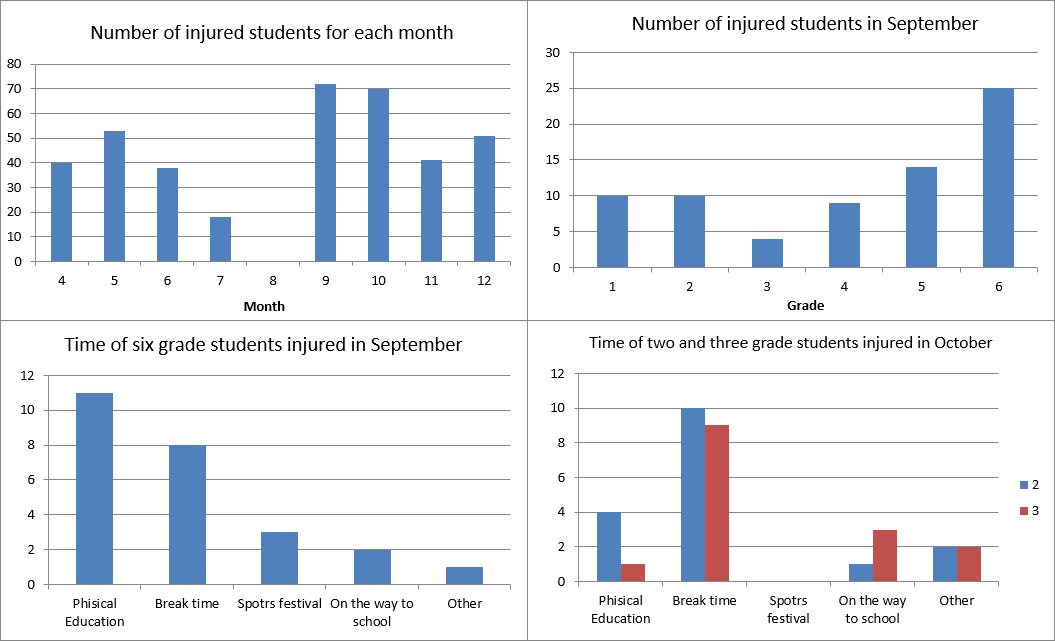Kazuhiro Aoyama, Associate Professor at the Aichi University of Education, discusses the past, present and future status of Japanese statistics education
The Japanese national course of study for elementary, junior high, and high school was changed in 2017 and 2018. In light of the recent social changes to Society 5.0, the new and improved curriculum emphasises “competency” and “active learning.” Statistics education has attracted rising attention, too.
In the past, the content of statistics education in subjects such as mathematics in Japan was not substantial. By the curriculum revision in 1998, the content of statistics for junior high school was omitted altogether, while statistics was being enhanced in other countries during the same period. By the curriculum revision in 2008, a minimum content of statistics education had been set for junior high school; not only the calculation of statistics or drawing and reading statistical graphs, but also judging and utilising data had been emphasised as important learning for all school levels.
During the curriculum revision in 2017 and 2018, to respond to changes in society and considering the influence of artificial intelligence (AI), Japan shifted its direction to teach much more statistics in schools. In the vision of national government policy for human resource development for the AI era, the needs of teaching data science and programming for all school levels has increased. The priority of statistics education has risen and become one of the national policies today.
Two focuses for new statistics education
There are two key areas to change the education of statistics for the new curriculum: The first is to incorporate statistical problem-solving activity into lessons; the second is to foster students’ critical thinking towards statistical information. Many tasks and problems for students in previous statistics lessons consisted of just calculating some statistical values or drawing and reading statistical graphs. Because applications or software can solve these kinds of tasks now, students need to learn more about how to use applications and how to find valuable information from statistical data. To help students acquire problem-solving skills, we should give them lots of experiences of statistical problem-solving activities through lessons.
Relating to COVID-19, for example, we have many statistical reports from the media every day. And some of those are untrustworthy. We must judge the reliability of this information by ourselves, and we should teach students to do the same. To teach critical thinking regarding statistical information has been not taught in the past curriculum.
Attempting to incorporate statistical problem-solving in a lesson
Some schools and teachers are trying to improve their lessons by incorporating statistical problem-solving. Here, we will examine lessons which have been implemented by a public elementary school teacher. These lessons were for grade three students, and the theme of statistical problem-solving was “what should we do to reduce injuries within our school?” To achieve this aim, the students gathered data from the previous school year (April – December) from the school infirmary. Items of data included the date of each injury, the grade and class of the student, the time (during which lesson or break time), place, injured parts, and so on.
They ordered the data by grade, month, time, place, etc., first. Then they found that the number of injured students differed depending on the month. There were many injured students in September and October, and there were no injured students in August, because that month was summer vacation, therefore, they decided to focus on September and October. The number of injured students for each grade was different and grade six students had the highest number in September. So, they checked the time of injury for grade six students in September. The most common time was during physical education. At the end of September, they have a sports festival, and grade six students tried group gymnastics as one of the events. They practised group gymnastics in physical education lessons in September, and injuries became unavoidable as group gymnastics is difficult and can be a little dangerous.
Grades two and three had high numbers of injured students in October. So, they checked the time of injury and found that many students had been injured at break time. Using this information, they let the rest of the school know that students from grades two and three should be careful at break time throughout October.
Challenges in new shifting statistics education
The lesson example introduced above is a good case relating to the students’ real school life. However, there are few teachers able to implement such kind of good statistical lessons currently, because almost all teachers do not have the experience to teach statistical problem-solving. Therefore, they should learn what statistical problem-solving is, and how to teach that while working.
Curriculum management is also one of the biggest difficulties in changing and incorporating statistics education. When a teacher incorporates statistical problem-solving in their lesson, they need more lesson hours than usual. However, like many other countries, Japan is also suffering from curriculum overload problems. We do not have enough lesson hours for statistics education.
The government is considering making the learning of statistics education mandatory for teachers when they renew their licence. And a selection of curriculum content will be done in the next curriculum revision. Statistics education in Japan will change little by little, accumulating good lesson examples.
Please note: This is a commercial profile
© 2019. This work is licensed under CC-BY-NC-ND.












